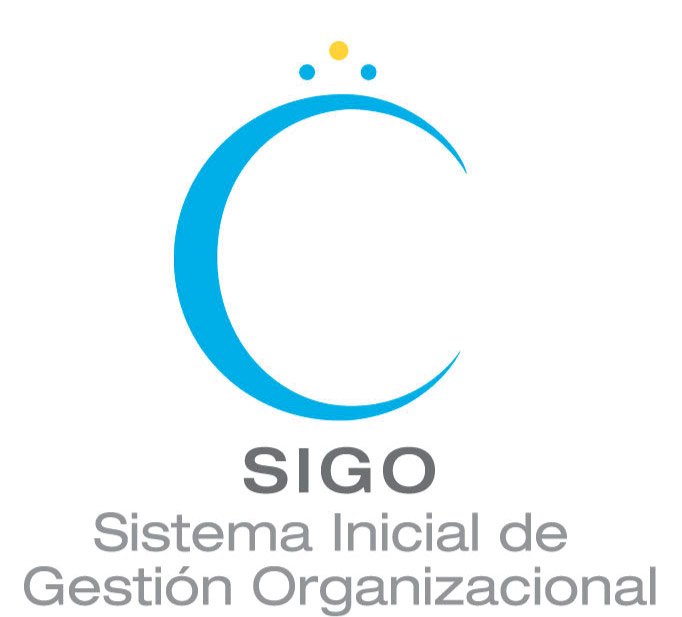What to do in Iruya

Iruya is located in the province of Salta but you can arrive only from Jujuy. If you wish to go by car you must go north and left behind Humahuaca 30km approx. On your right hand there is a sign that says "Iruya", but we recommend not to take that detour but to continue 300 meters and turn left in the small house of Gauchito Gil. This road is much better than the other.
The road is winding and mountainous so you should be very carefull. It is 70% of gravel and cornice and reaches a maximum height of 4200 m.s.n.m., in the Abra del Condor, right at the natural border between Jujuy and Salta. Scroll through breathtaking landscapes, where we can admire the hability of the "Kolla´s" to transform the stone into cultivated platforms. Another option is to go by bus from Humahuaca or directly from Tilcara with a private tour. The bus schedules from Tilcara are 07:20; 08:00; 9:20 and 14:00 (the only service that does not transfer in Humahuaca is the second one in the mornig: 08:00).
It is a very picturesque village with an excellent human quality. It is located on the mountainside. Recommendation: It is advisable to spend the night there since the trip is long and tiring. You can contact Daniel Choque, from the community of Iruya, for a 2hs trek to San Isidro or to any place in the surroundings. His phone number is 0387 4796070

A very nice trekking of medium difficulty to do is to go to the nearest village called San Isidro. Also accessible by 4x4 during the dry season (April to October): some residents of Iruya offer this service. You can also ask for Ricardo Zambrano at Hostel Milmahuasi. We also recommend to visit the "Mirador de la Cruz", the Cemetery, and the "Cerro de la Banda". The ideal time to visit all these places is during the morning so as to take panoramic photographs of Iruya with the best light.
Only 118 km separates Tilcara from Iruya. When we arrive to the village, we see it literally "hanging" from the mountain. It is at an altitude of 2780 m.s.n.m. And it is surrounded by the rivers Milmahuasi and Colanzuli. Its narrow colonial streets invites us to go back to the past. Its inhabitants are fundamental and decisive part of the landscape.



